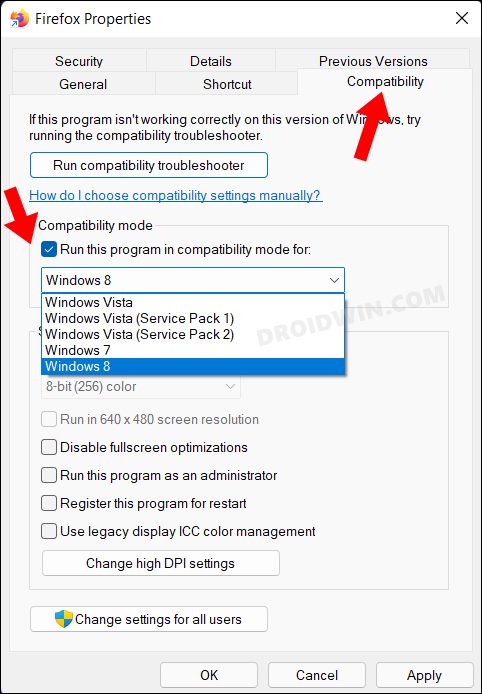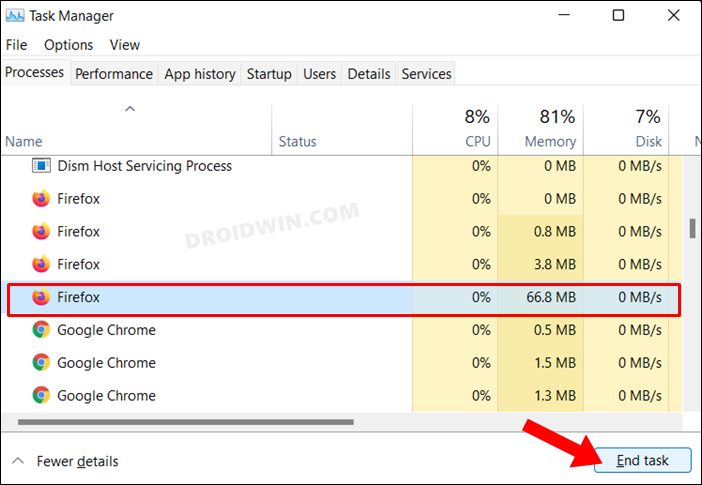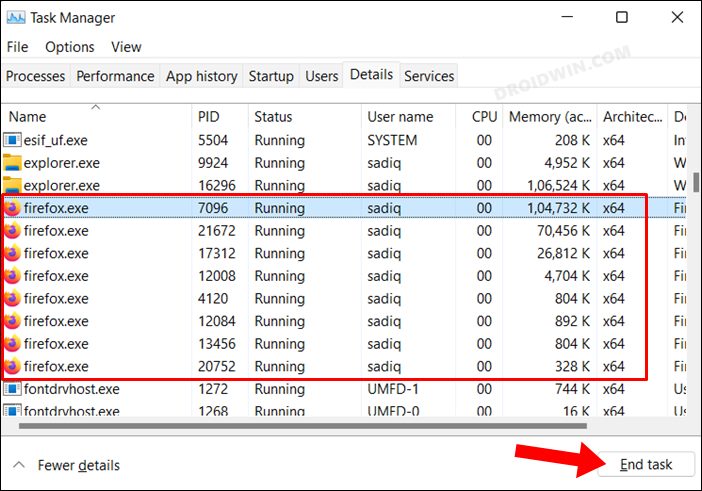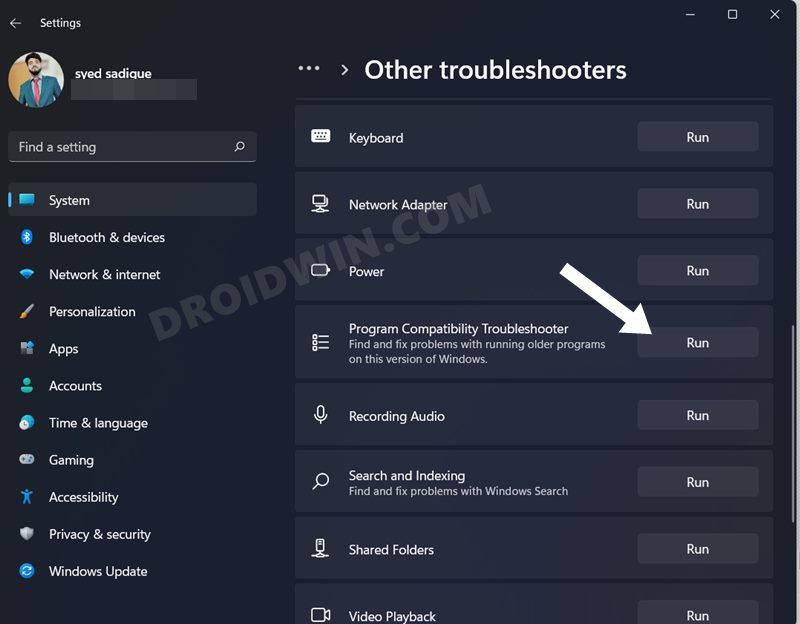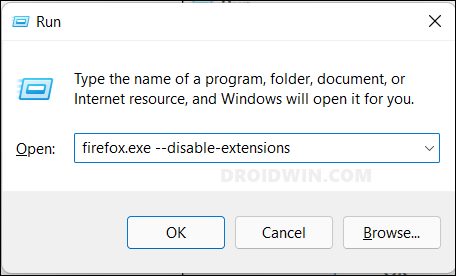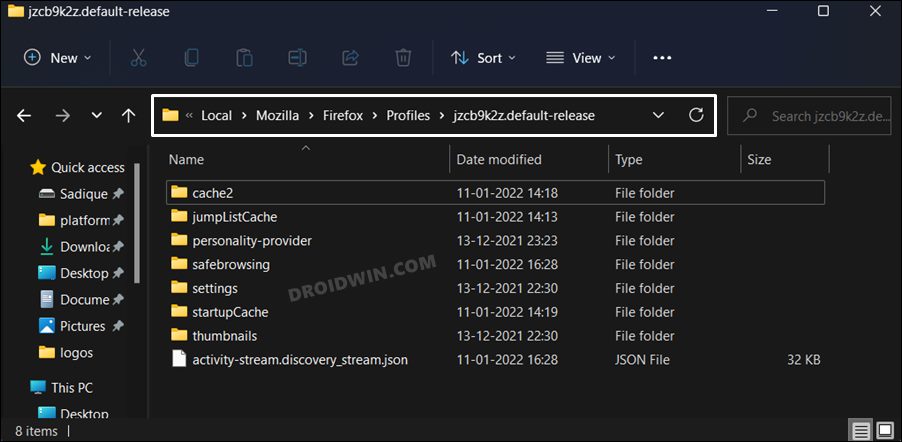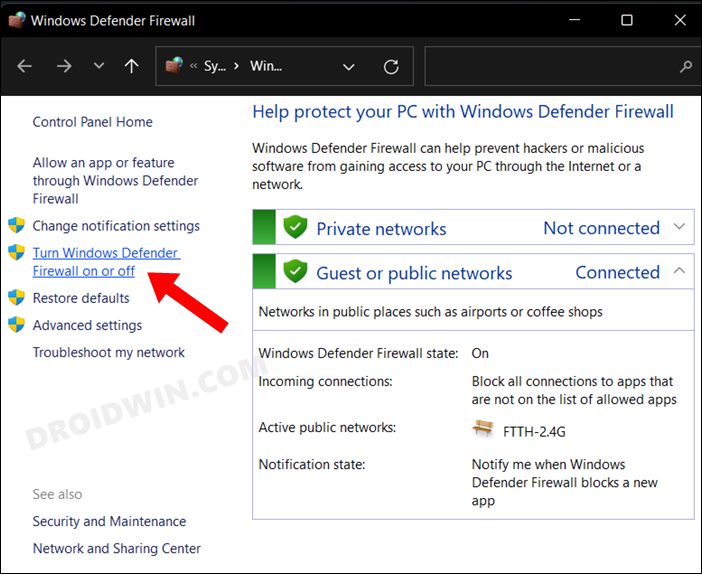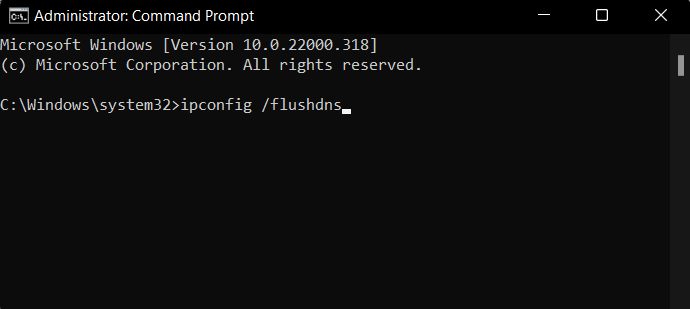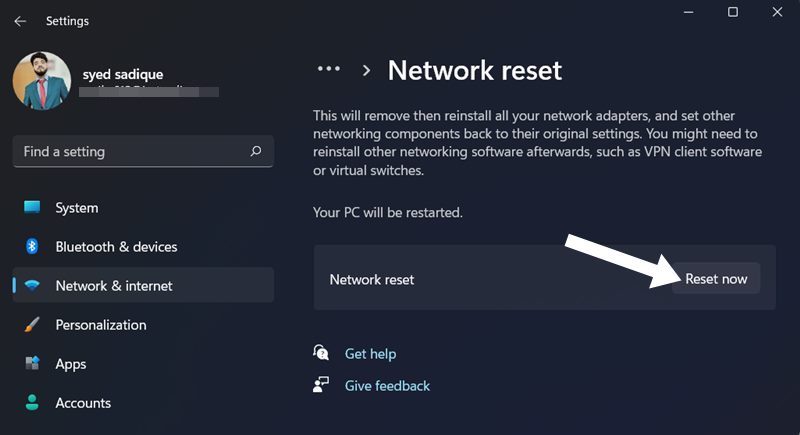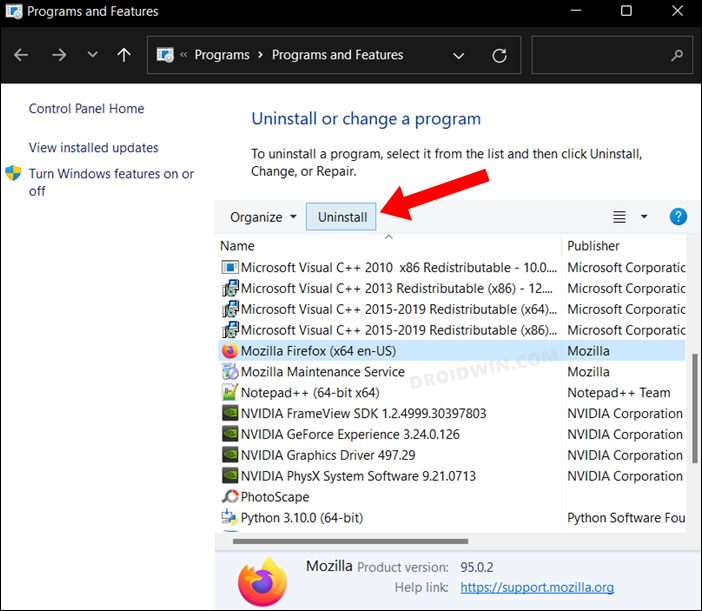If we talk about the latest OS build, then it was already stuck in the crossroads with Microsoft where the latter removed its workaround through which you could make Firefox the default browser in just a few clicks. Keeping that aside, many users have also voiced their concern that they aren’t even able to launch the browser in the first place. If you are also getting bugged with this issue, then this guide will make you aware of various methods to fix the Firefox not opening/working in Windows 11. Follow along.
How to Fix Firefox not opening in Windows 11
Keeping the fact that in mind that you aren’t able to access the browser, none of the below-listed fixes would require any interaction with the browser whatsoever. Moreover, do note that there’s no universal fix as such. You will have to try out each of the below-mentioned workarounds and see which one works best in your favor.
FIX 1: Run Firefox in Compatibility Mode
Your first course of action should be to run the browser in a compatibility mode pertaining to an older version of Windows. For that, you will need to have the Firefox shortcut on your desktop. If you don’t have it, then go to the below location:
Now right-click on the Firefox icon and select Show More options. Then select Send To > Desktop (Create Shortcut). This should create the Firefox shortcut on your desktop and you may now proceed with the below steps.
FIX 2: Restart Firefox Processes
Firefox has quite a few processes running in the background that is needed for the proper working of the browser. If there are any issues with any of these processes, then its repercussions will have to be faced by the browser as well. Therefore, you should consider restarting all these processes and letting them start off with a fresh instance. Here’s how:
FIX 3: Run Program Compatibility Troubleshooter
Windows comes with quite a few troubleshooter apps, and one of them focuses specifically on app compatibility-related issues. As of now, we will be using this app to identify the issues related to Firefox and subsequently get hold of the ways to resolve those issues as well. Follow along.
FIX 4: Open Firefox via Run
Rather than launching Firefox from the desktop shortcut icon or Start Menu, you could try accessing the browser by launching its executable file via the Run dialog box. Here’s how:
FIX 5: Disable Firefox Extensions via Run
Extensions are notoriously infamous for causing conflicts with the proper functioning of the browser. Therefore, you should consider disabling all these extensions and then try accessing the browser. But since we aren’t able to open Firefox as of now, let’s disable these extensions via the Run menu. Here’s how:
FIX 6: Open Firefox in Private Mode via Run
Not just the third-party add-ons, but the stored cookies and cache could also lead to a few issues in some instances. Therefore, you should consider using the Private Browsing Mode so that the browser doesn’t end up collecting cookies and at the same time, all the extensions stand disabled. But since you might not be able to use the Ctrl+Shift+P shortcut keys to open a private window, let’s use the Run menu for this task. If the browser now opens in this mode, then the issue was with the corrupt data or extensions. Since we have already dealt with extensions in the fourth fix, let’s now turn our attention towards dealing with corrupt data.
FIX 7: Delete Firefox User Data
In case the stored browser data gets corrupted, then its negative consequences will be felt by the browser. From favorites to bookmarks, or cookies and cache, issues with any of its data would lead to issues with the browser as a whole. Therefore, you should consider deleting all these data and letting the browser repopulate them from scratch using your account. Here’s how:
FIX 8: Disable Windows Firewall
In some cases, the Windows Firewall might raise a false positive and could end up blocking legitimate traffic from apps that are having access to the internet. And more often than not, it is the browser apps that get stuck in this roadblock. To verify if that is the case this time around and hence rectify it, here’s what you need to do.
FIX 9: Delete DNS Cache
If a lot of Domain Mame Server records get accumulated over the due course of time, then the browser might have an issue or two in loading web pages. In some cases, the burden of data might make it difficult for the browser itself to open properly. Therefore, you should consider deleting these records from your PC. Are there any risks in deleting DNS? Well, not really. It’s just that you might notice a one-second delay when the website loads as the browser wouldn’t have any data to pick up from its phonebook (DNS Records). However, this is delay is only for the first time as the DNS data will be repopulated once the site loads. So with that in mind, here’s how you could delete the DNS on your Windows 11 PC.
FIX 10: Reset Network
If you are facing problems with numerous apps that require the usage of the internet, then the issue might be with your PC’s network rather than each of those individual apps. So in that case, you should consider resetting your Windows 11 PC network setting. However, that will delete all the saved WiFi networks as well, so take their backup beforehand and only then proceed with the below steps:
FIX 11: Reinstall Firefox
If Firefox’s configuration or settings have got corrupted then deleting its data might not be enough. In such cases, you will have to uninstall and then reinstall the browser on your PC. Here’s how it could be done: So with this, we round off the guide on how you could fix the Firefox not opening/working issue on your Windows 11 PC. We have listed eleven different methods for the same. Do let us know in the comments section which one spelled out success for you. Likewise, all your queries are welcomed in the comments section below.
Disable Proton UI and Decrease Tab Spacing in FirefoxDrag & Drop Web Address is Treated as URL File in Gmail: How to FixDisable Context Menu while selecting texts in Microsoft EdgeGoogle Chromecast not working on 5GHz Wi-Fi: How to Fix
About Chief Editor


